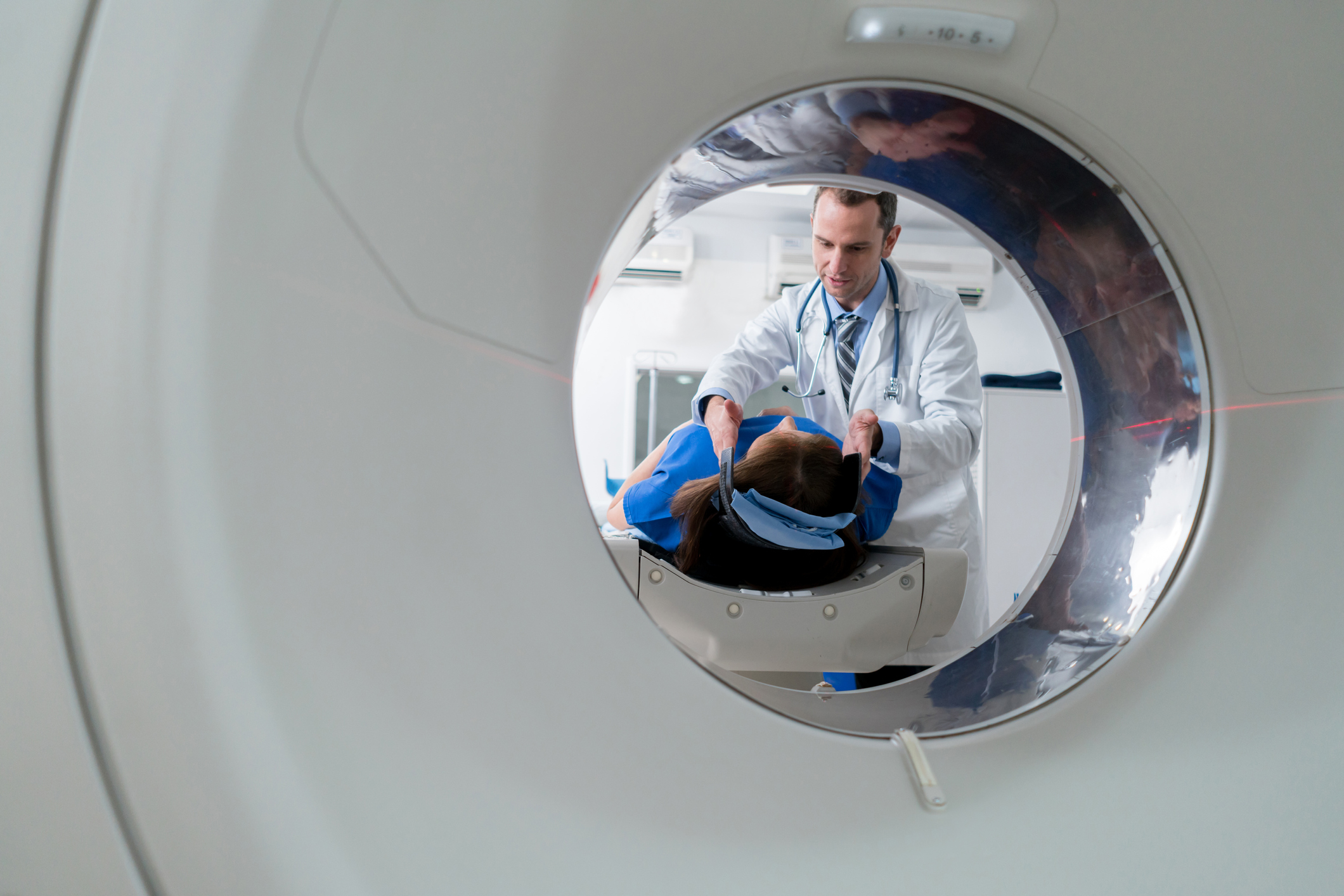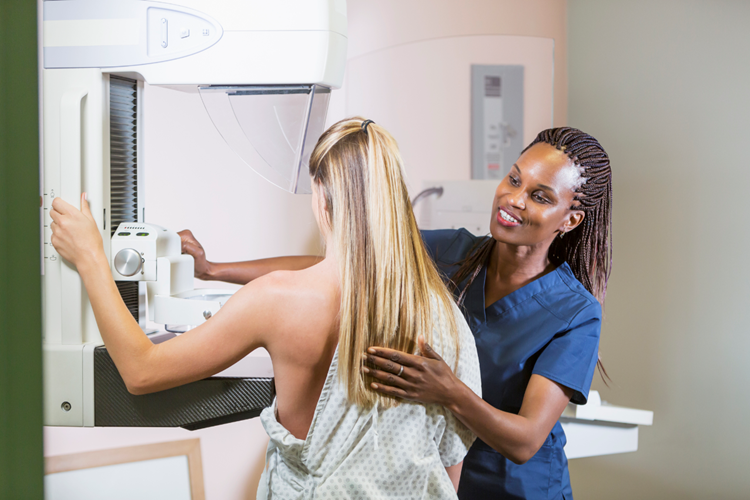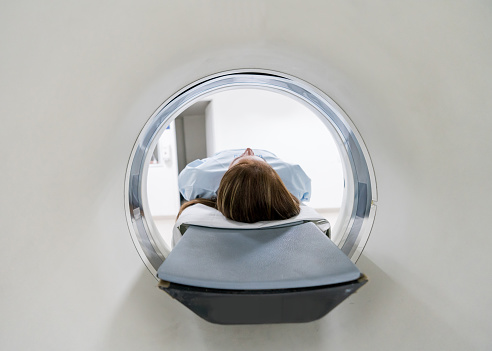Did you know that coronary heart disease is the number one cause of death in the United States for both men and women? Nearly a half million people die from coronary heart disease each year in this country, with 250,000 dying before they ever reach the hospital. For about 150,000 of those people, sudden death is the first sign that there’s a problem.
- Here’s what you need to know about coronary heart disease. Atherosclerosis, a condition in which plaques develop in the walls of the coronary arteries, is usually the cause of coronary heart disease. That’s because if a plaque ruptures, a blood clot can form, restricting the flow of blood to the heart and causing a heart attack.
- It’s important to know your risk factors. Your risk increases as you age: men over 35 and women over 40 years of age are at a higher risk than their younger counterparts. A family history of heart disease increases your risk, as does a personal history that includes high cholesterol, diabetes, tobacco use, excess weight, or excessive stress. If any of these risks apply to you, it may be time to consider a coronary CTA.
- What is a coronary CTA? A coronary CT is a non-invasive scan of the heart and chest. It’s quick and painless and allows your doctors to take a look at the calcium build-up in your coronary arteries. This type of scan allows for pictures of the heart to be taken with such precision and quality that heart health can be determined in less than 30 seconds of scan time. It only takes five heartbeats to get images that will allow a Board Certified radiologist, specializing in cardiac disease, to identify your coronary heart health. After thoroughly examining the scan, the radiologist will be able to determine your risk level:
- Low risk, with minimal narrowing of the coronary arteries.
- Intermediate risk, with moderate narrowing of the arteries that can be controlled by diet, exercise, and medications.
- High risk, with severe narrowing of the coronary arteries that requires referral to a cardiologist for immediate surgical intervention.
- Talk to your doctor about a coronary CTA. A coronary CTA requires a doctor’s order and is prescribed for patients who have relevant risk factors. It’s a fairly expensive test ($1,195), and its full potential has yet to be determined, but CT scanner technology is advancing rapidly, improving image quality as well as the technique’s accuracy and reliability. It’s an excellent tool for letting doctors know whether a patient is clear from coronary artery disease, or needs further intervention.
If you need a coronary CTA or other diagnostic imaging procedure, Salem Radiology can help. Established in 1974, we are the largest radiology group in the area and offer a depth of specialization among our doctors that you would expect to find only at major university medical centers. To learn more or schedule an appointment, call (503) 399-1262 or ontact us through our website.





